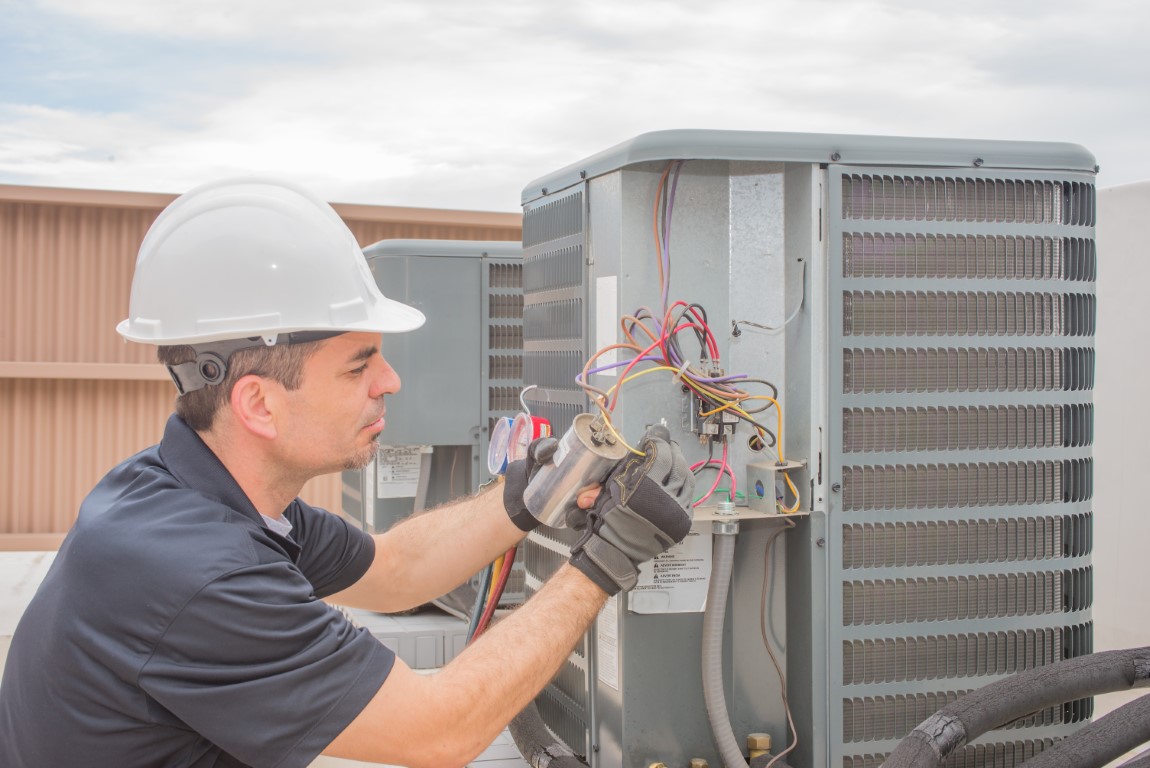The First Steps of WECO's Expansion
The 1970s can be coined as the “decade of expansion” and a significant step for WECO. Despite some plant expansions, the old factory in downtown Hanau was no longer adequate to house production and the increasing staff of 250 employees.
WECO acquired a new site on the outskirts of Hanau in 1971 and began planning for a larger factory and headquarters. Construction works began in 1974, and after some drawbacks mainly due to the oil crisis, WECO finally moved into its new building at Donaustrasse 15 in 1976, where the factory is still located.

During the seventies, production increased to meet the needs of WECO’s customers, and while this was seen as positive, price pressures caused by wages and salaries nearly five times higher compared to the last 25 years required WECO to reinvent itself. WECO’s General Manager at that time Dr. Walter Ebbinghaus and the shareholders developed a new strategy and sought a second production site. This time Tunisia was the choice given its competitive cost, proximity, and highly skilled labor force.
With its new location and increased production capacity, WECO entered a new market segment consisting of heating, ventilation and air conditioning, or “HVAC” systems. To succeed in this market, WECO designed new products to meet the harsh environmental conditions, including wide fluctuations in temperature and humidity. To this end, WECO used special plastic compounds for the housings and selected engineered surface coatings for the metal components. This new market contributed to WECO’s development of several new connection solutions over the years using its past knowledge and experience, resulting in the development of a new plug-in connector concept developed with its unique geometry and locking parts to resist vibrations. This was the basis for today’s extensive range of PCB terminal blocks.

WECO’s product range was further enhanced during this period with its portfolio of “flat” or tab connectors mounted on a terminal strip. This new connector design increased flexibility in production for our customers by allowing modular assembly where multiple modules could be easily and quickly “plugged in”. These tab connections were the first generation of our current 307 series, as they proved to be reliable in withstanding vibration and harsh conditions, thus becoming the standard in the HVAC industry and still widely accepted.
The product line evolved to allow multiple connections on one pole, so customers could customize the connection between each pole and multiple outputs, an innovation for WECO’s product. Other connection solutions with tab connectors were implemented thanks to in-house molding of plastic housings that gave rise to our 420 and 406/407/408 series, a PVC terminal strip with tabs.

The advantage of plug-in terminal strips with tabs has proven to be efficient when it comes to maintenance. Here, maintenance times are reduced as connections can be quickly and safely disconnected and then safely reconnected once the maintenance is complete. With an industry standard for tab dimensions, the risk of a contact becoming loose due to vibrations is reduced to nearly zero, and since then the HVAC industry relied on WECO as an ideal and reliable partner for existing products and new developments.
At the turn of the 20th century, WECO accelerated its development. From now on, you will be receiving two emails per week until we officially celebrate 100 years on June 21. In the coming days, you will learn more details about how WECO achieved global expansion with new facilities and markets, such as Appliances, and met the challenges of the coming decades. Stay tuned.








